Some dog owners interbreed their puppies from the same litters. The owners will be able to predict their appearance and temperament by interbreeding the puppies.
Given that they can interbreed and mate, siblings dogs can indeed produce offspring. While inbreeding in dogs can result in litters with excellent traits, it can also have a negative impact on their health.
Dogs from the same litter are likely to have puppies with the same characteristic. It is beneficial for it keeps the uniformity among genes. Thus, any good quality can be passed on.
However, the danger of inbreeding exceeds its benefits. It may present a health risk to its offspring in the form of increased mortality rates, infertility issues, physical flaws, etc.
Here are some details to help you learn more about inbreeding, including its symptoms, effects, legal ramifications, market value, and reasons to avoid it.
8 Most Inbred Dog Breeds
The two main causes of inbreeding are the desire to preserve dog breeds with smaller populations and the desire for dogs to inherit specific desirable traits. Many of the beloved dogs of today are the result of extensive inbreeding.
Let’s examine the eight dog breeds that have the worst inbreeding rates.
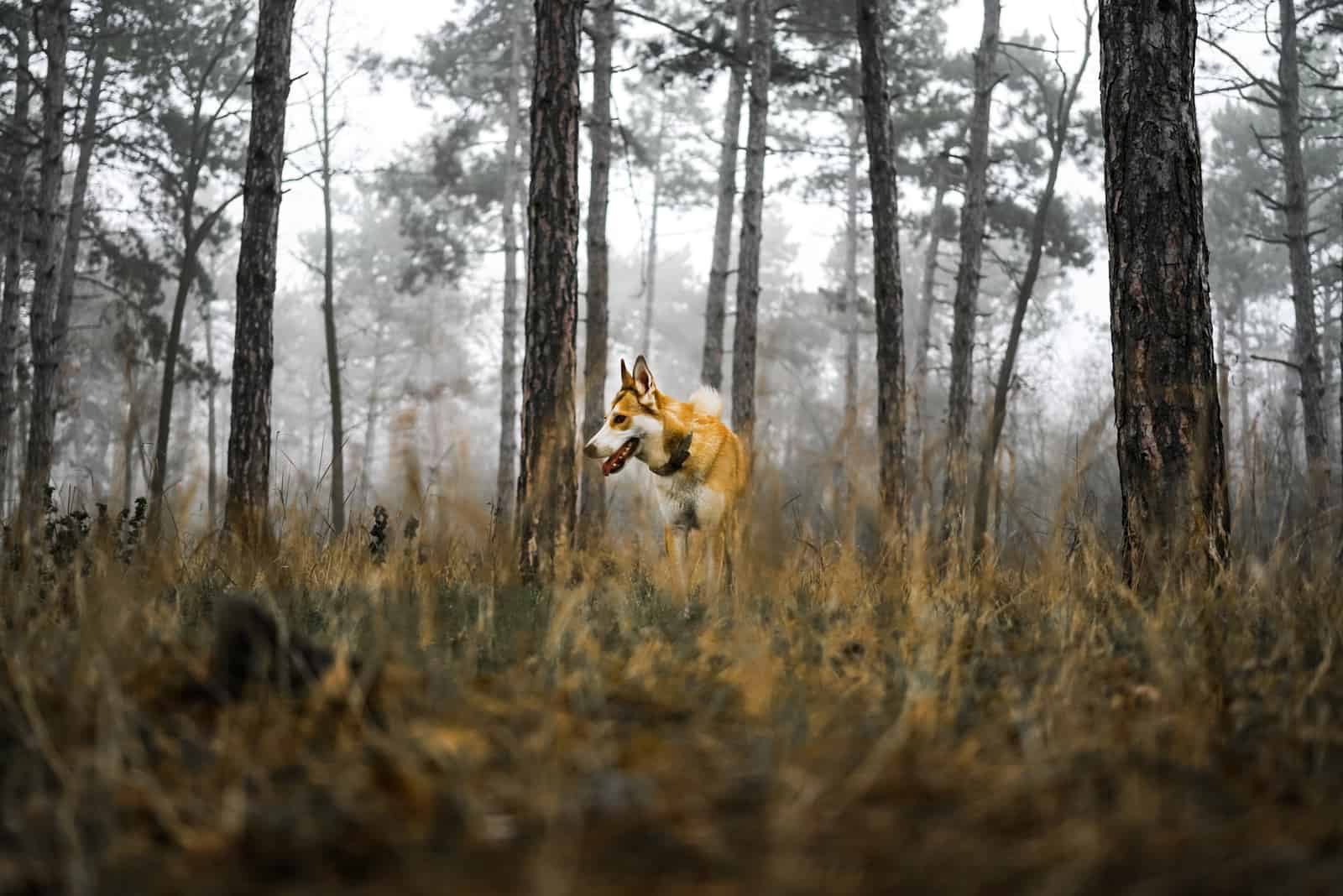
By far the most well-known breed in the world for inbreeding is the Norwegian Lundehund. There was only one female and her five puppies left after World War II due to the breed’s extremely low population. All of these dogs mated with one another in order for this breed of dog to survive.
Therefore, these dogs would not exist at all today if there had been no inbreeding.
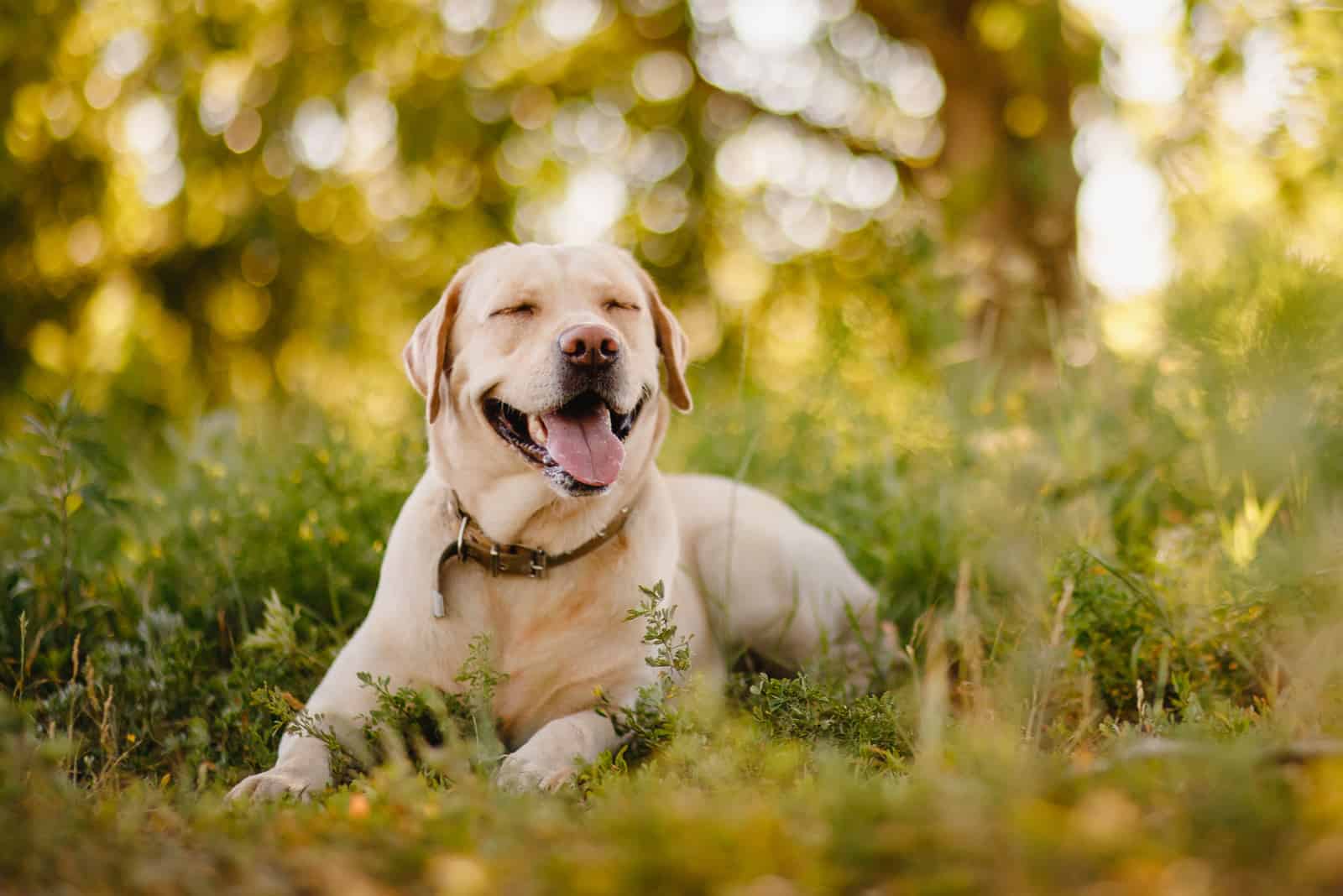
The Labrador is one of the most well-liked family dogs, but it also has a reputation for having a high inbreeding rate. Being frequently overweight is one of the effects of these dogs’ inbreeding.
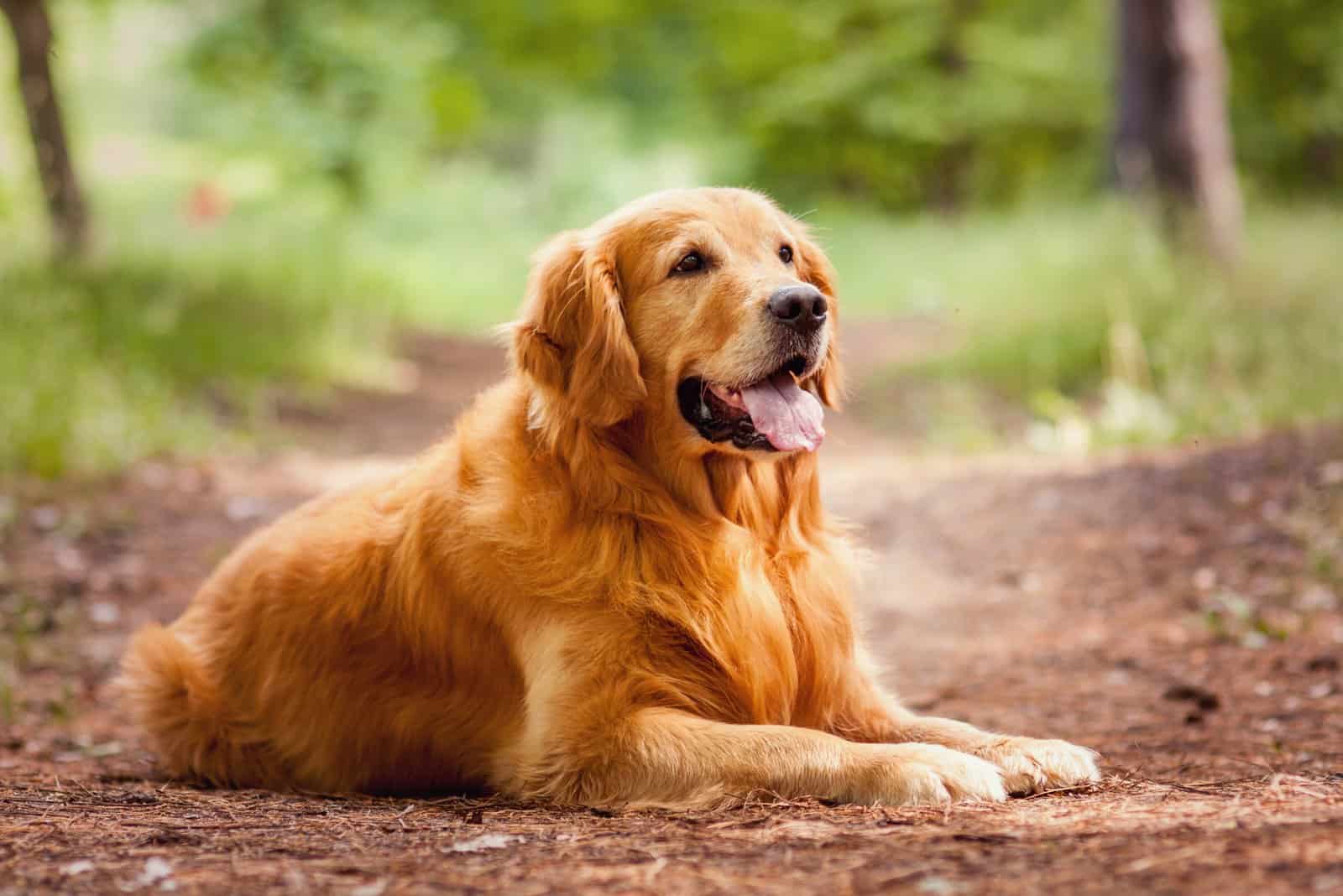
In the past, breeders frequently mated Golden Retriever brother and sister dogs to ensure that the puppies would inherit the lovely fur color and temperament of their parents.
These dogs’ frequent health issues, which were primarily manifested in their high incidence of cancer, skin conditions, and hip dysplasia, were a result of their inbreeding.
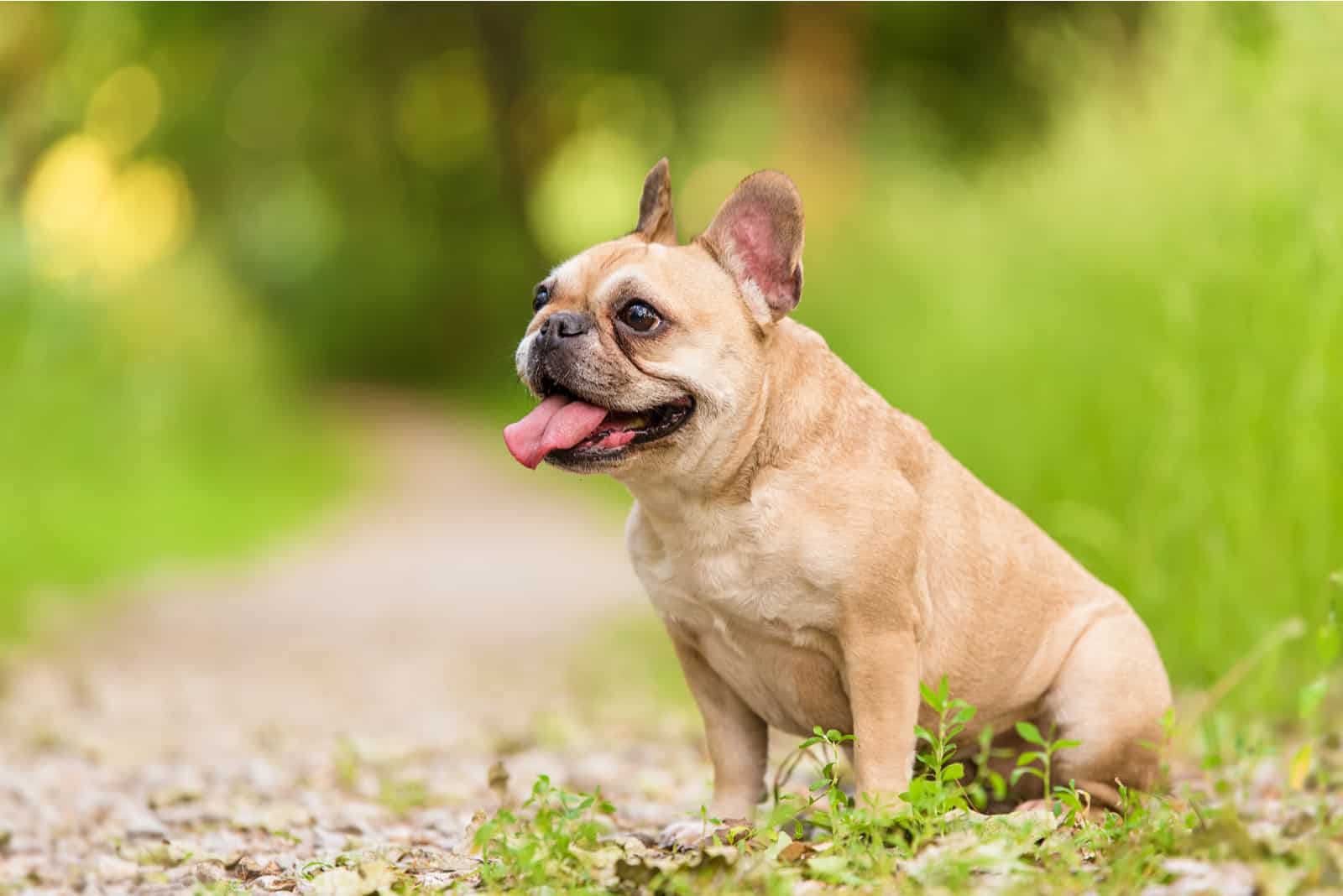
Bulldogs were once known as distinctly strong fighting dogs. Breeders frequently mated Bulldog siblings to continue to produce dogs with these traits, but inbreeding has left modern Bulldog dogs with serious health issues.
As a result, many Bulldogs today are prone to illnesses like allergies, skin conditions, and obesity.
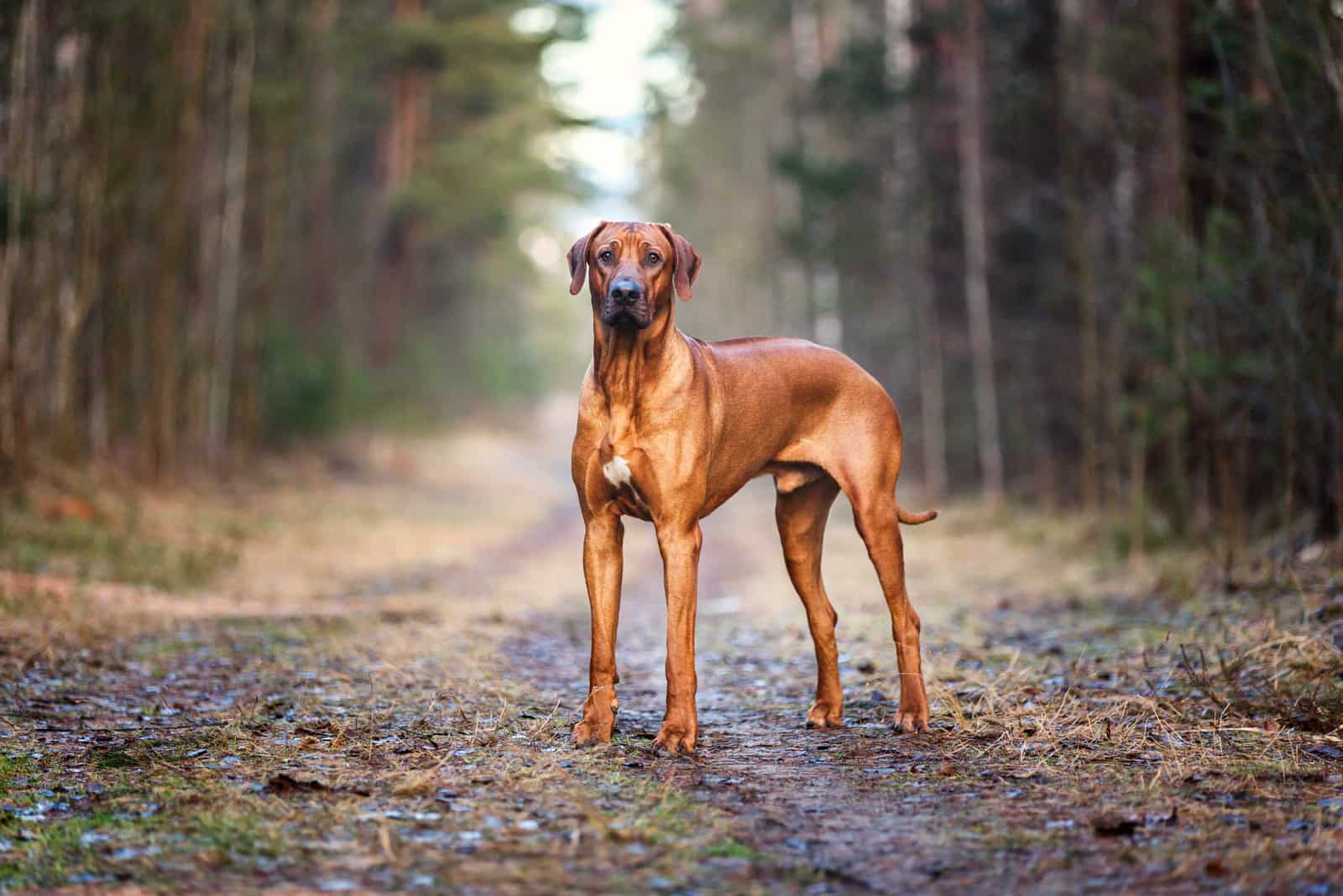
These big dogs have a history of being great watchdogs and hunters. Breeders frequently interbred related Rhodesian Ridgeback dogs to ensure that these dogs would continue to inherit such exceptional traits in the future.
But today’s Rhodesian Ridgeback dogs have a significantly shorter lifespan as a result of such practices.
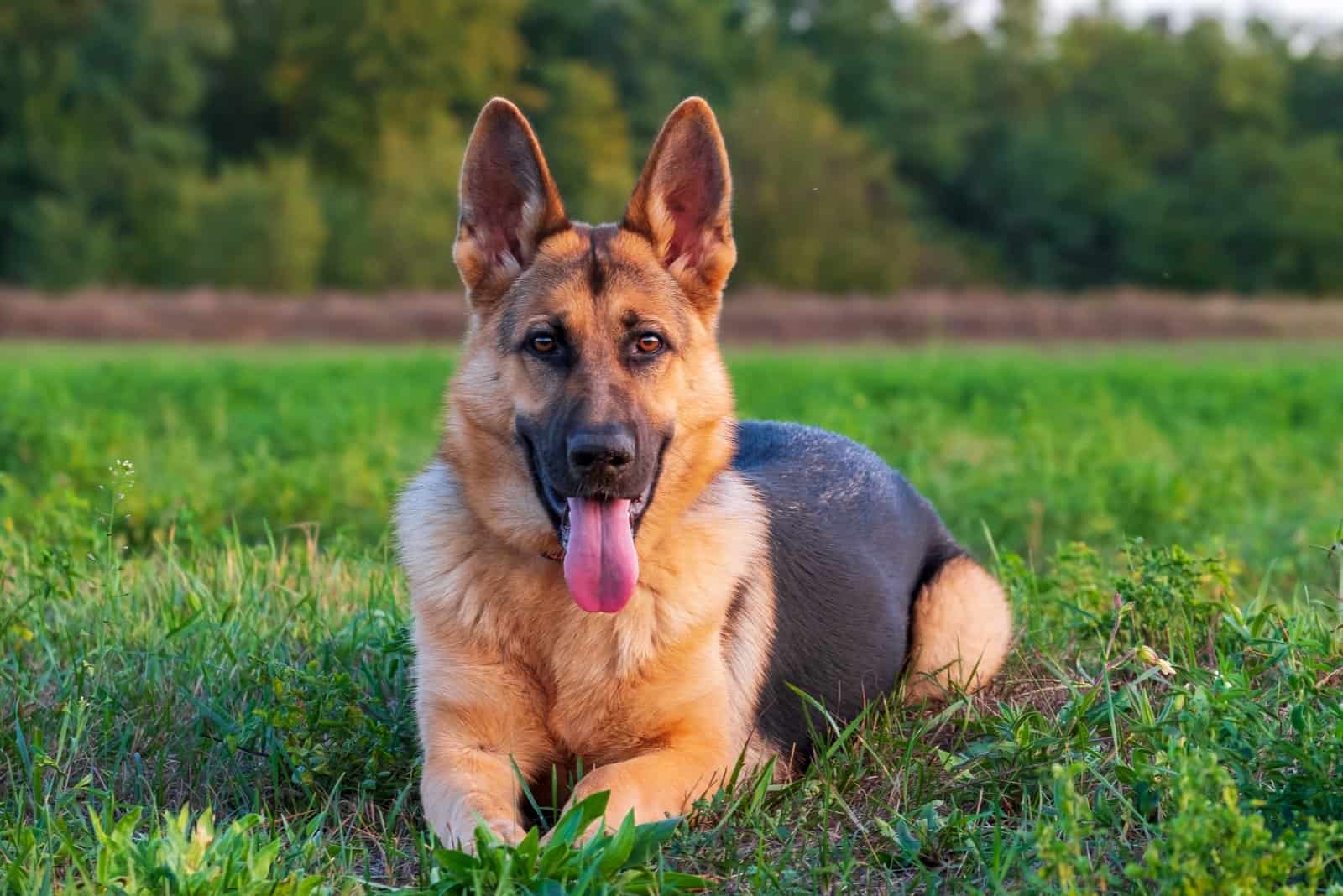
The German Shepherd, one of the most intelligent and well-known guard dog breeds, is also renowned for its high inbreeding rate.
As a result, some German Shepherds exhibit extreme aggression, and some have regrettably inherited genetic disorders.
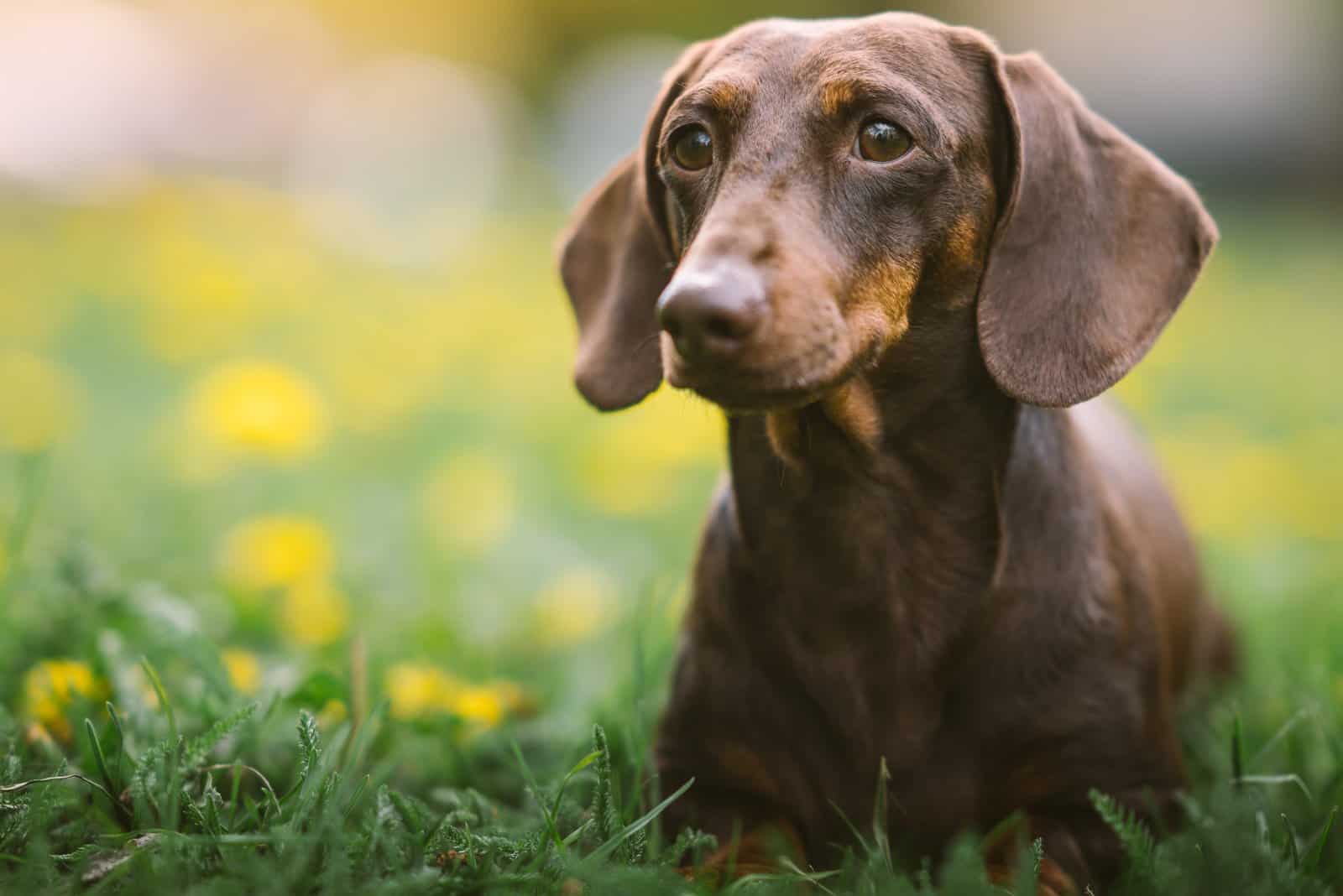
These hunting dogs were often inbred in the past. As a result, many Dachshund dogs suffer from back issues that can even result in paralysis.
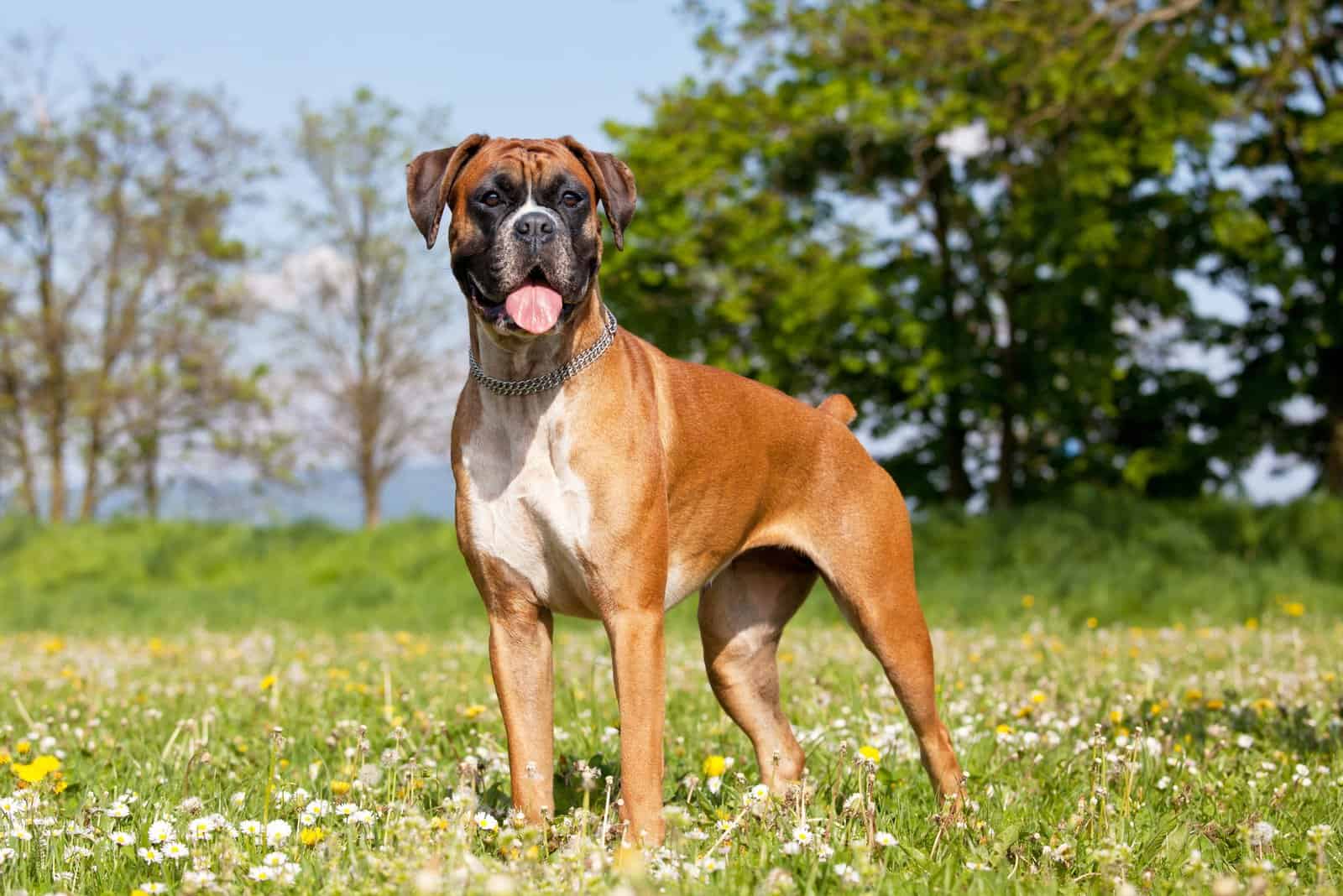
Boxers are dogs that have a muscular build and an intimidating appearance. Throughout history, they have also frequently been bred together. Muscle underdevelopment and various cancers are illnesses associated with inbreeding in this dog breed.
The most notable characteristic of the dogs on the list is their high inbreeding rate. But this does not imply that siblings of dogs have never been mated in other dog breeds.
The majority of dogs that we know and love today also resulted from inbreeding between dogs that were related to us through blood: father-daughter, mother-son, or siblings dogs.
When Is It Okay To Breed Dog Siblings?
Overall, it should be avoided. Breeding incestuous dog litters is a task that some expert breeders may undertake; this should be left to them. It is safe to say that many dog breeders lack the resources and expertise necessary to produce incestuous litters in an ethical manner.
Remember that these dog breeders lose more money than they will ever make from selling puppies. This is due to the necessity of performing routine genetic scans on each related dog in order to comprehend the fundamentals of the genetic material they intend to breed. This is extremely important and expensive because you must find a dog hospital to perform these tests before even attempting to breed the related pair. In addition to taking that risk, the breeder also has to test the offspring and stop the lineage if there are any problems.
You need to start with two very healthy adults who have been bred and tested for their genetic excellence before you can even consider breeding a related pair of dogs. Inbreeding in dogs can take years to become effective, and the average breeder typically lacks the resources and patience to wait that long.
For certain dog breeds, such as Labradors or Pomeranians, expert incestual breeders primarily breed to produce pedigree and pure lineages. Even they are concerned about the morality of what they are doing, and many do not advise others to follow their example.
Risks of Breeding Siblings in Dogs
Unfortunately, it is not correct to assume that two dogs who share strong genetics will always produce the perfect litter; free from disease, disability or illness. Two dogs who do not outwardly display certain negative traits or characteristics, may still be a genetic carrier and carry recessive alleles which, when combined at a later breeding, cause negative traits to manifest in their offspring. Consequently, it is not uncommon for inbred dogs to experience problems such as hip dysplasia and heart and liver conditions at some time in their lives. Therefore, you must always carry out a full genetic risk assessment before attempting to breed a brother and sister dog together — even if (on the surface) they seem perfect.
